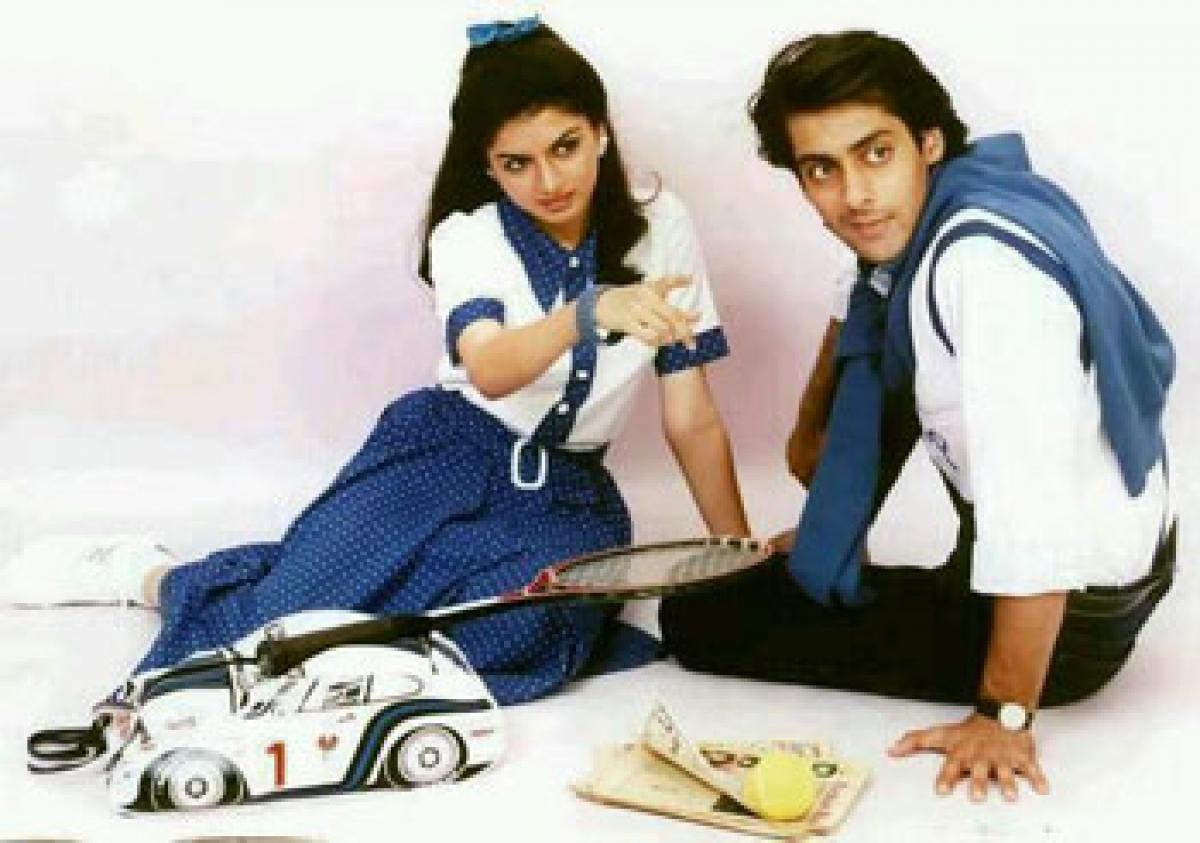Live
- Israel strikes multiple locations in Syria
- NC chooses Omar Abdullah as leader, set to be new CM of J&K
- Our goal is to strive hard for lifting trophy this year, says Maharashtra chief selector
- Tennis: Richard Gasquet to retire after Roland-Garros 2025
- Political stability, policy continuity to bring rigour to reforms towards Viksit Bharat: Amit Shah
- Tirumala Brahmotsavams: Lord Venkateswara appears on Surya Prabha Vahanam
- Murasoli Selvam, Stalin's brother-in-law and senior journalist, passes away
- Communicate politely with patients - Collector Badavath Santosh
- What are they trying to hide? BJP questions AAP over claims on CM's ‘Sheesh Mahal’
- Manasi Parekh on National Award win: Moment of pride to represent Gujarati culture on national stage
Just In

The year was 1989, when an almost mortgaged production film house and his old studio owner, in its last do or die effort to either revive itself or put itself behind its last cinematic effort, gave the reign of the last project in the hands of his 24-year-old son and asked him to either rescue the production house or go down with it.
 Sooraj Barjatya turned out to be the whiff of fresh air when Bollywood was stuck in formula-based films, however, his repetitive style made him stale and now – it stinks!
Sooraj Barjatya turned out to be the whiff of fresh air when Bollywood was stuck in formula-based films, however, his repetitive style made him stale and now – it stinks!
The year was 1989, when an almost mortgaged production film house and his old studio owner, in its last do or die effort to either revive itself or put itself behind its last cinematic effort, gave the reign of the last project in the hands of his 24-year-old son and asked him to either rescue the production house or go down with it.
This production house was known for clean soft musicals, which sometimes had a social message too. Once upon a time their films worked, but slowly society was changing. Since Shah Rukh was not around and the last superstar of Indian cinema Amitabh was on a rapid decline, Bollywood was filled with movies, which had violence, mindless sex moments and vulgarity.
Cinema under the double attack of video piracy and this rotten genre saw the middle class abandoning the cinema halls in large numbers. Sure the sleeper hit of 1987 ‘Qayamat Se Qayamat Tak’, which announced a new boy in town called Aamir Khan, was a solid indicator that the audience was getting fed up of the kachra being doled out by the Mithun-Govinda-Jeetendra kind of camps , Bollywood was not listening . Little did anyone know that this 24-year-old soft spoken man will establish a genre, which will turn Bollywood on its heels and announce a new way of movie making!
So in that last week of December out of nowhere came ‘Maine Pyar Kiya’. No one paid attention to the poster of a small-sized hero, with a sari clad petite girl on his knees. The biggest name in the movie was Mohnish Behl. In a long time the audiences got to see a movie, which featured well crafted moments, solid one line dialogues that became the buzzwords for the young generation and while it did have few dhishum dhishum scenes – it had no vulgarity in it.
Something that no director, producer in those days would dare not have it in his movie. The distributors then didn’t want to take chances and this film was released only on two theatres, one practically owned by this production house and the other agreed to screen, probably they had no other movie in hand. Slowly the word of mouth spread across and all the shows were houseful. And by the third week other theatres joined in the screening,
Sooraj Barjatya did not just pull out a dead production house into limelight and success but he actually pulled Bollywood out from a rot. Then in 1994 he shattered the myth of clean cinema does not work with ‘Hum Aapke Hain Kaun’.
I daresay this -- it was Sooraj Barjatya’s rock solid work in these two movies, which ensured that makers like Karan Johar and Yashraj could dare to deliver fresh movies, which found audiences. Sooraj Barjatya was the saviour of the audience. He made Indians proud of their Indian-ness. He was, as I have written above, the fresh air that revived and gave oxygen to Bollywood.
While ‘Main Prem Ki Diwani Noon’ was his first failure at box office, his decline actually started with ‘Hum Saath Saath Hain’. Sooraj had become repetitive. Sadly ‘Prem Ratan Dhan Payo’ looks like a once great director, who had conviction trying to hide in the shadow of what he had created – The name “Prem”. Should I look forward to this one ? My heart, for Sooraj’s sake says yes but my rational cold blooded mind says no. Most of the time sadly my mind has been right.
By:Rahul Deo Bharadwaj http://thesocietyasiseeit.blogspot.in

© 2024 Hyderabad Media House Limited/The Hans India. All rights reserved. Powered by hocalwire.com







